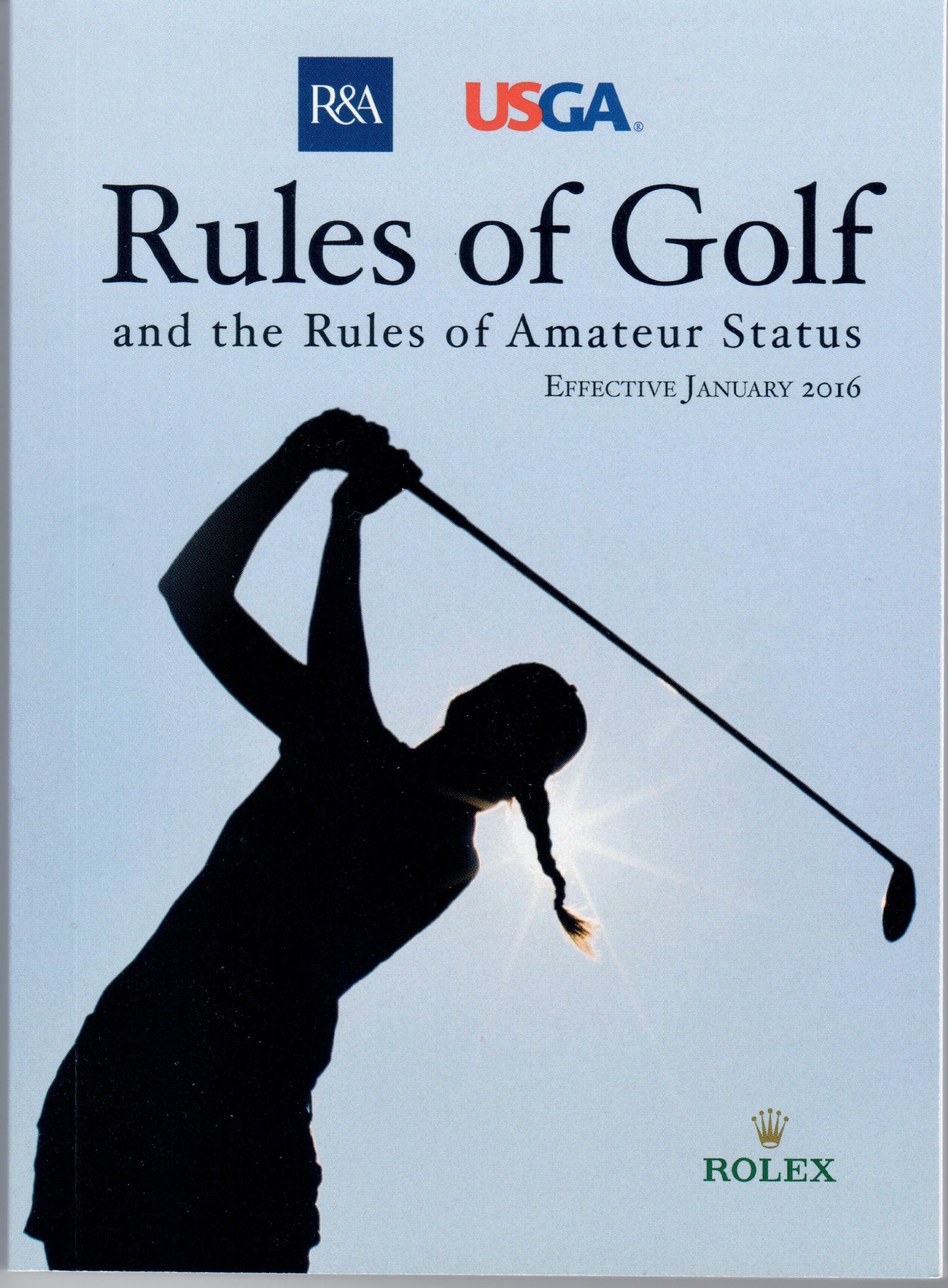By now, most of you have certainly seen Phil Mickelson putting a moving ball back up the hill on Shinnecock Golf Club’s 13th green during the third round of the U.S. Open. For making a stroke at a moving ball, the USGA penalized Mickelson two strokes under Rule 14-5, which prohibits such an act. Most people who thought Mickelson should have been disqualified believed he was guilty of a serious breach of Rule 1-2 (which says, in part, “A player must not take an action with the intent to influence the movement of a ball in play” by stopping or deflecting a moving ball). Certainly, Mickelson did stop the ball from rolling. The penalty for the breach of this rule is two strokes, although a serious breach, deemed when a player has gained a significant advantage, means disqualification.
However, there is a caveat. Exception #1 to Rule 1-2 explicitly says, “An action expressly permitted or expressly prohibited by another Rule is subject to that other Rule, not Rule 1-2.” So, we have to go to Mickelson’s action, which was to make a stroke at a moving ball, and see if another rule covers that. Since that is expressly prohibited and covered by Rule 14-5, the exception to Rule 1-2 itself says, in other words, we can now forget about anything Rule 1-2 says, nothing in Rule 1-2 can be applied, and go to the other Rule.
Others thought that Rule 33-7, where the Committee has two provisions to disqualify a player, could have been used. One says the Committee can DQ a player in an exceptional case, and the other allows a DQ for a serious breach of etiquette. One can argue that Mickelson’s case was exceptional, but the fact is a player making a stroke at a moving ball was already contemplated, thus the reason for Rule 14-5. As for a serious breach of etiquette, while Mickelson may have violated professional etiquette, he did not commit a breach of etiquette as the Rules of Golf understand them. That would involve behavior that directly negatively affected one or more competitors, such as yelling in their backswings or taking a gouge out of the green.
In the end, the USGA’s rules committee, headed by Mike Davis (who is likely the most learned and knowledgeable authority in the world when it comes to the Rules of Golf), ruled unanimously that Rule 14-5 applied in this case. It was the correct ruling and in fact a very easy ruling to make, because when it comes to the Rules of Golf, you have to take the verbiage exactly as written, and in this case there was no ambiguity in the rulebook’s language; what seems more “right” or “fair” cannot come into play.
By Mark Harman, USGTF National Course Director
Copyright © 2023 United States Golf Teachers Federation, All Rights Reserved
200 S. Indian River Drive, Suite #206, Fort Pierce, FL 34950
772-88-USGTF or 772-595-6490 - www.usgtf.com
200 S. Indian River Drive, Suite #206, Fort Pierce, FL 34950
772-88-USGTF or 772-595-6490 - www.usgtf.com

